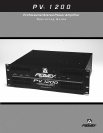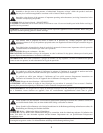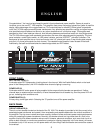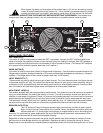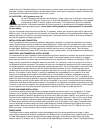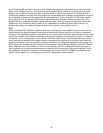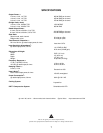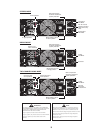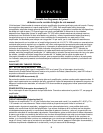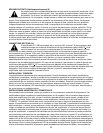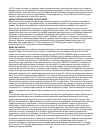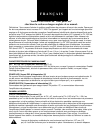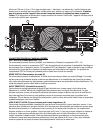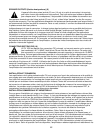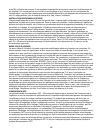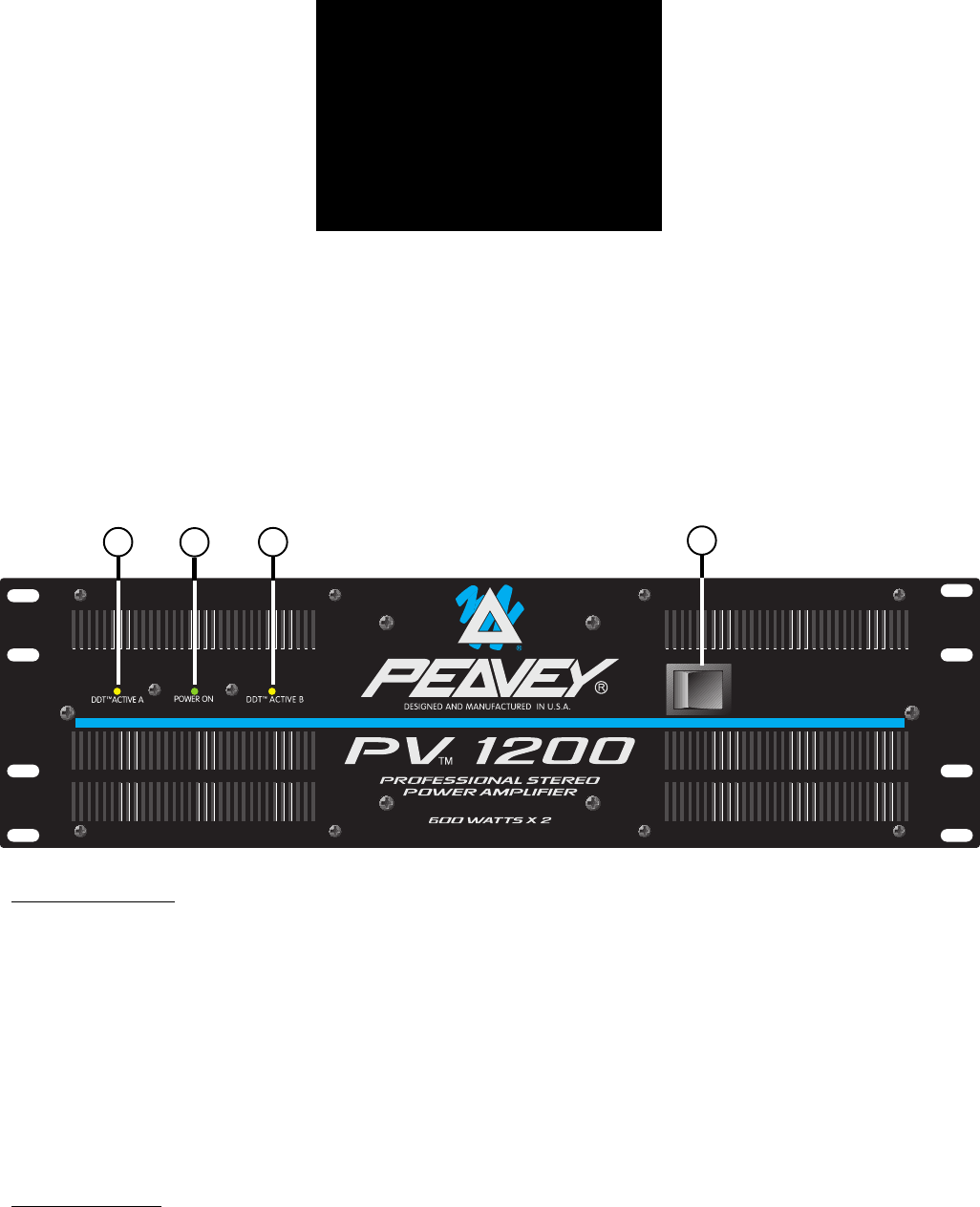
3
E N G L I S H
Congratulations! You have just purchased the world’s finest professional power amplifier. Peavey is proud to
introduce you to the new PV
™
1200 amplifier. This amplifier uses proven technology gained from years of amplifier
design, taking advantage of the rugged steel can TO-3 output devices for reliability. Unlike typical home stereo
units, the PV 1200 employs massive power transformers, very effective two-speed fan cooling, and offers impres-
sive specifications and features not found on any other competitive unit in this price range. This amplifier was
designed to drive 2 ohm loads per channel, thus delivering awesome performance levels at 4 ohm Bridge mode.
The PV 1200 offers rugged rack-mountable construction and more than adequate patching capability. The front
panel contains a rocker mains switch, an LED power indicator, and dual LED DDT
™
activation indicators. The
back panel of each amplifier has an input level control, dual 1/4" phone jack inputs, 5-way binding post outputs,
and dual 1/4" phone jack outputs for each channel. The resetable mains breaker is also located on the back.
Additionally, the back contains switches for stereo/bridge select and DDT defeat.
FRONT PANEL
DDT
™
ACTIVE LEDS (1)
Illuminates when DDT compression is taking place in the channel. With the Enable/Defeat switch on the back
panel in the Defeat position, this LED indicates when channel clipping is occurring.
POWER LED (2)
Illuminates when AC mains power is being supplied to the amp and both channels are operational. If either
channel were to experience fault conditions, or have the associated circuit breaker trip, then the power LED will
go out, indicating such conditions exist.
POWER SWITCH (3)
A heavy-duty, rocker-type switch. Selecting the “O” position turns off the power amplifier.
BACK PANEL
CIRCUIT BREAKER (4)
There is a circuit breaker located on the back of the PV 1200. This breaker is provided to limit the current to the
associated power transformer and protect it from overheating and possible destruction due to fault conditions in
the amplifier. The trip current values have been carefully chosen to allow continuous power output performance
while still protecting the power transformer. Normally, this breaker should not trip unless there is a fault in the
amplifier circuitry that draws excessive mains current. However, abnormal conditions, such as a short circuit on
either or both channels, or continuous operation at overload or clipping (especially into 2 ohm loads), will cause
the breaker to trip. If this occurs, turn the power switch off, then simply reset the breaker and correct the cause of
the overload.
✰✯✷✯✦✦
3
1
2
1



